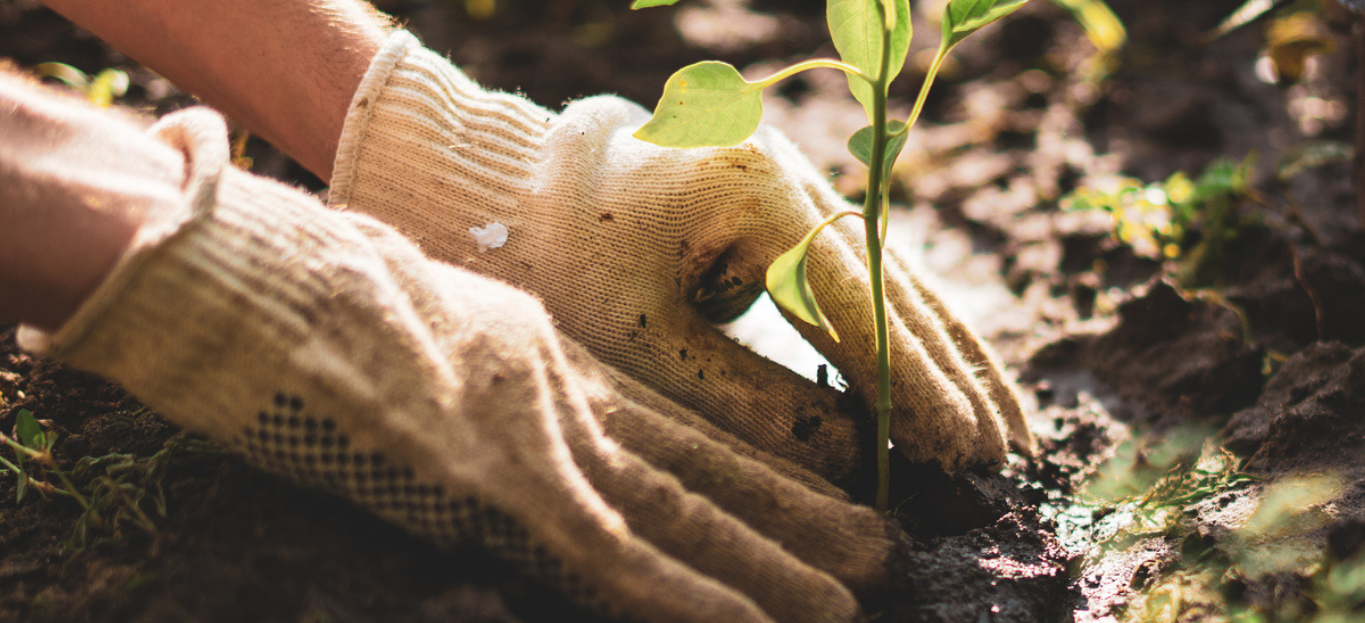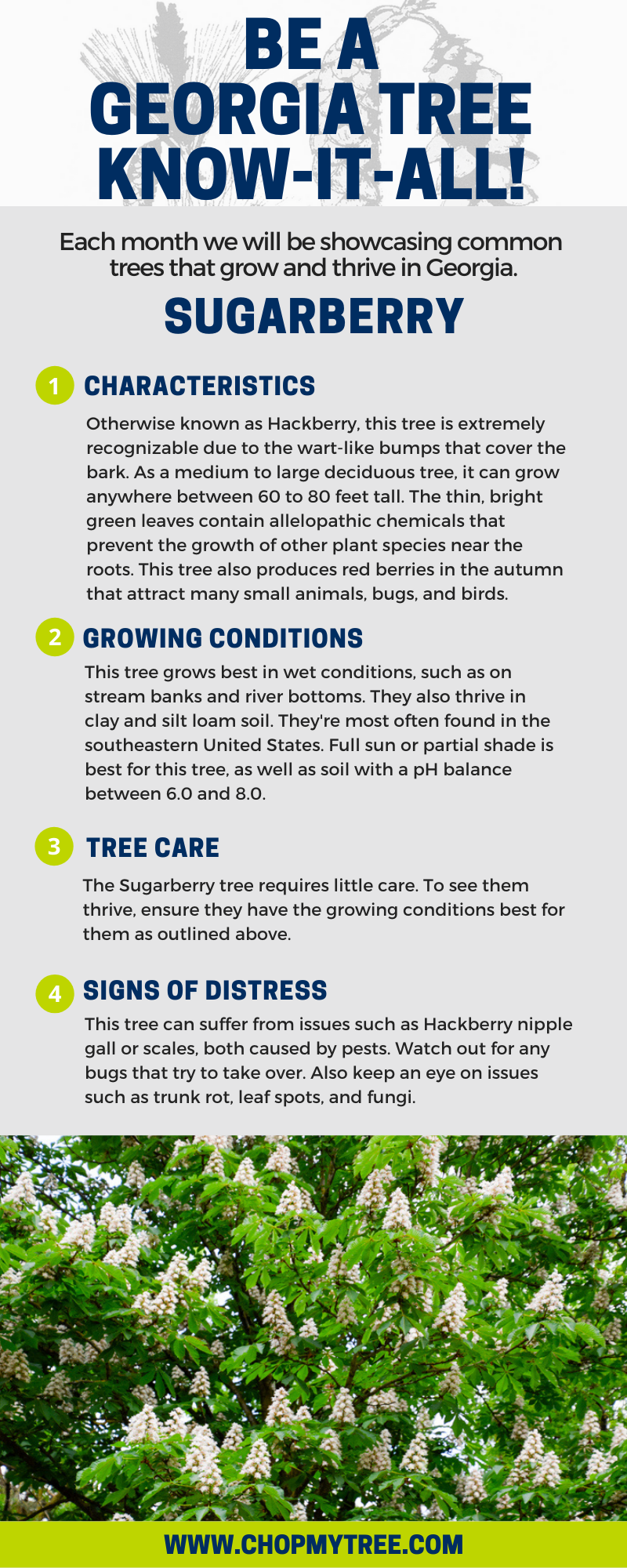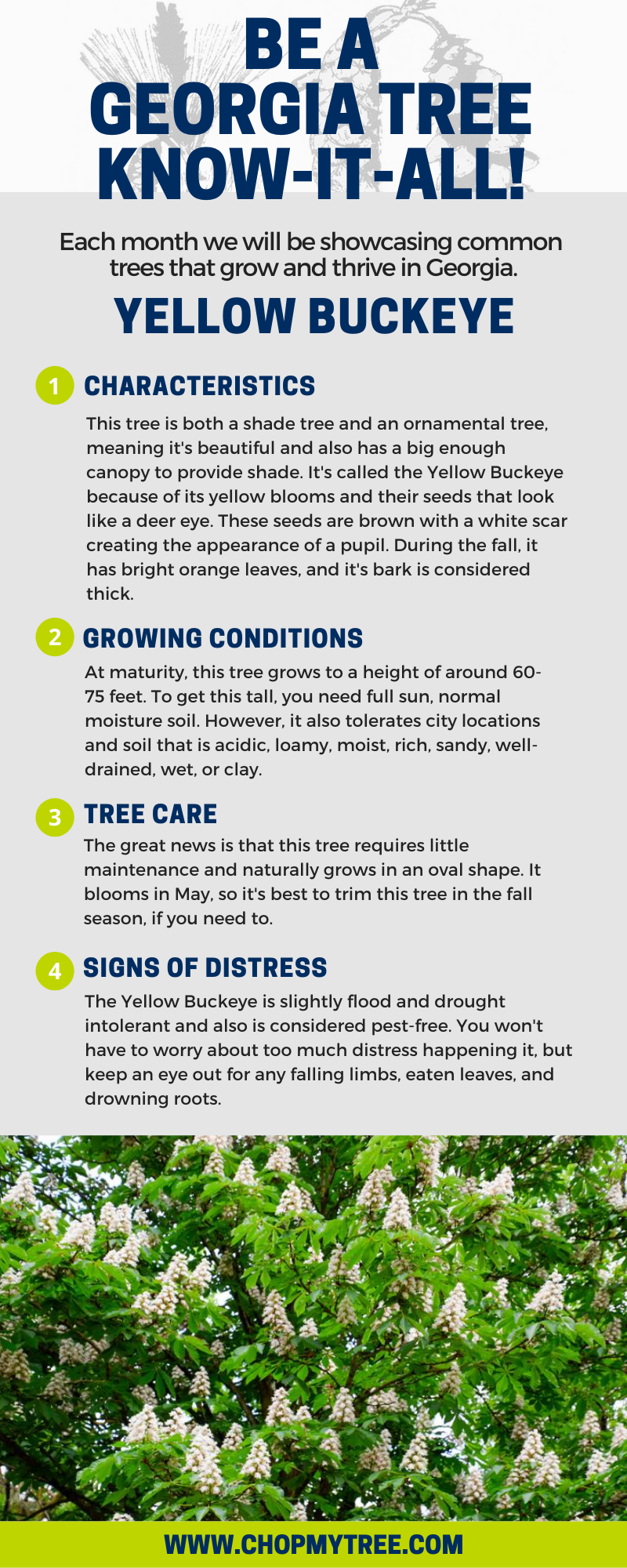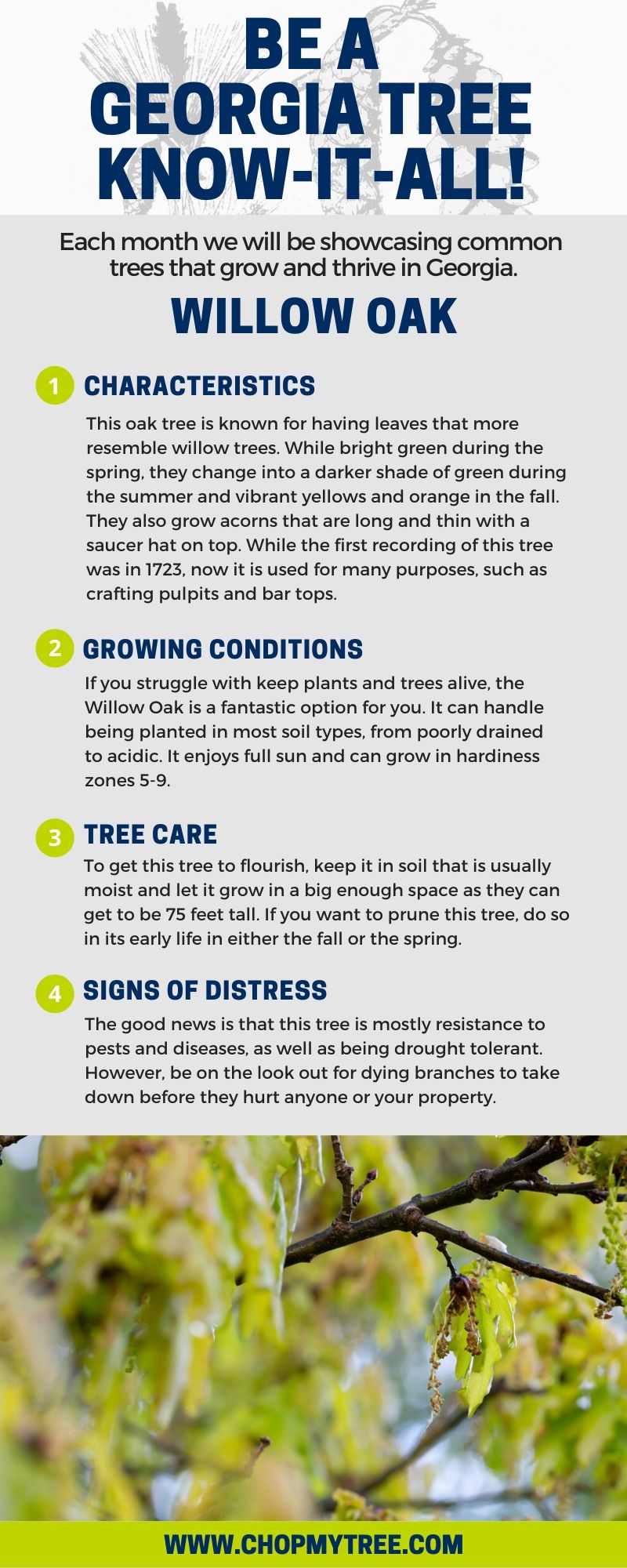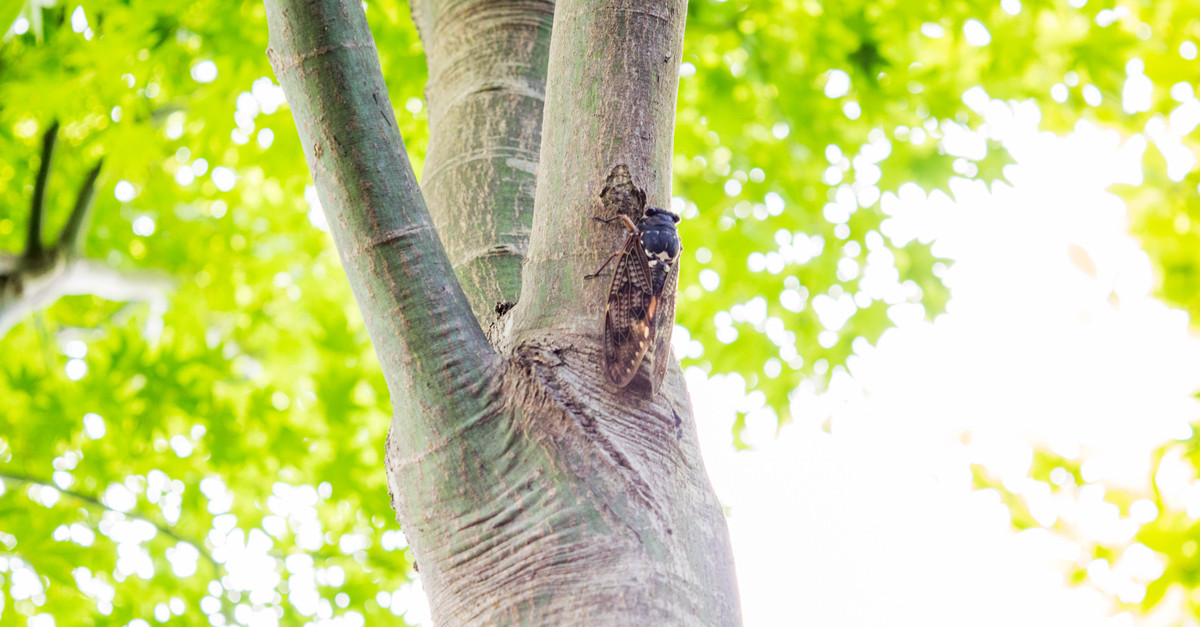If you have trees in your yard, chances are you love them for their beauty, the shade they produce, and the value they add to your home. The last thing you want is to see one of them start to wilt and die!
Our experts explain what to do if your tree is dying or if you sense your tree is unwell.
First Things First: Identify if Your Tree Is Dying
Spotting a dying tree can be trickier than you think! Here are some tell-tale signs that a tree is dying:
- There’s a long crack on the trunk.
- The tree appears to be extremely dry and the branches crack easily under pressure.
- The tree isn’t standing upright.
- Little or no leaves grow on the branches.
- Fungi and mushrooms have made a home on the tree.
Figure Out What’s Killing Your Tree
This step might require outside help, as it can often be difficult to determine for yourself what’s harming your tree. The potential culprits include pests, diseases, and weather damage. If you need assistance in monitoring the health of your trees, our experts would love to help! Reach out to us to schedule an appointment today with one of our Certified Arborists and ask about our Plant Health Care Program to learn more.
Try Out Different Tree Saving Methods
If you know your tree is dying and it’s not because of the major health issues mentioned above, try some of these tactics to bring life back into your tree.
Water More or Less
Issues with watering are hands-down one of the biggest reasons trees meet an untimely end. The key to doing it right is to find the middle ground between not watering too much or too little. You want to stick to somewhere between one minute to two minutes of watering per day and stop before water puddles on the ground. You also want to ensure you have proper drainage around your tree, so your soil doesn’t retain too much water.
Boost with Fertilizers
Sometimes all your tree needs to bring it back to life is a boost with fertilizer. Grab a trusted brand and then use it on your tree following the instructions on the packaging. You might see a difference in just a few weeks!
Mulch Can Help!
Mulch is a fantastic tool for trees, as it can provide extra nutrients. Again, the trick is to use the perfect amount for your tree, not too much and not too little. You want to ensure that you dig close enough to your roots to allow the mulch to touch them, but you don’t want to bury the roots so much that they can’t breathe. Usually, somewhere around 1.5 inches of mulch works perfectly.
Pruning Can Give Your Tree a Second Chance at Life
We talk about pruning in most of our tree-of-the-month infographics, and for a very important reason! Pruning a dying tree has the potential to bring it back to life.
How does it work? If the trunk is still alive, you can cut off any dead branches or areas you notice have died. Doing so will prevent the dead cells from spreading anywhere else on the tree.
Have any questions about tree care? Feel free to reach out to us by clicking here or by giving us a call at 404-252-6448.

